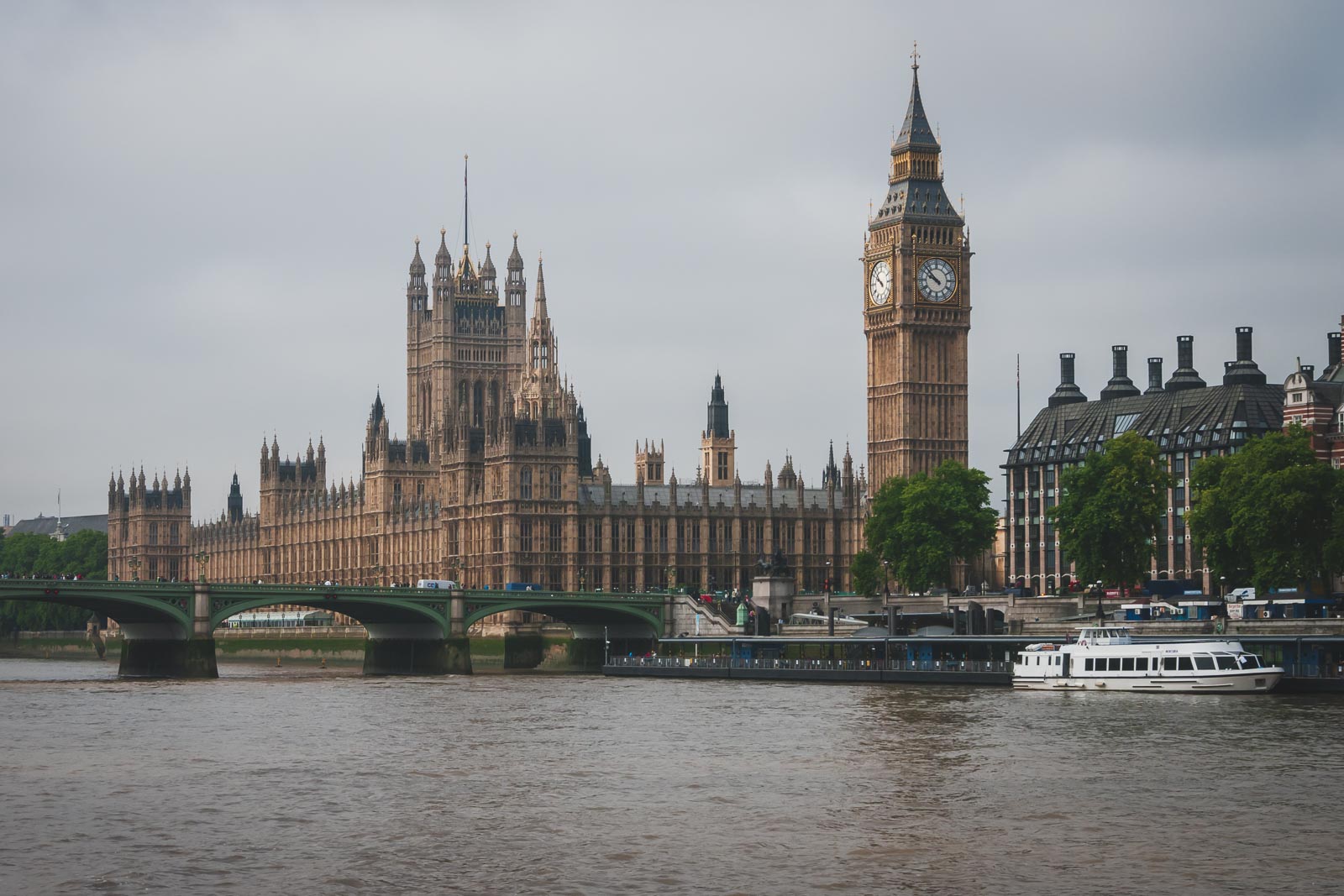CWT: Expect Travel Prices to Keep Rising in 2023
Corporates can expect travel prices to continue rising for the rest of 2022 and throughout 2023, according to the annual price forecast from travel management company CWT and the Global Business Travel Association.

Corporates can expect travel prices to continue rising for the rest of 2022 and throughout 2023, according to the annual price forecast from travel management company CWT and the Global Business Travel Association.
Factors such as rising fuel prices, staff shortages and inflation are likely to be the “primary drivers” for higher prices over the next 18 months, according to the 2023 Global Business Travel Forecast.
CWT projects that airfares on average will rise by an estimated 48.5 percent in 2022, followed by an 8.5 percent increase next year. Hotel rates are set for an 18.5 percent jump this year and then a further rise of 8.2 percent in 2023.
Car rental prices are projected to see a smaller percentage increase in both 2022 (7.3 percent) and 2023 (6.8 percent) but rental rates had already started rising again in 2021 (up 5.1 percent), unlike air and hotel, which were still seeing significant price falls last year.
CWT CEO Patrick Andersen in a statement said demand for business travel was “back with a vengeance” around the world and pointed out that these forecast prices were mainly “on a par” with 2019.
A Level of Uncertainty
CWT said there were several “cautionary notes” which could impact its predictions, including higher inflation, the impact of the Ukraine war and the risk of further Covid-19 outbreaks leading to travel restrictions.
Richard Johnson, senior director at CWT Solutions Group, told BTN Europe that the forecast had been prepared with “significant due diligence,” including working with economists.
“We’re confident it’s as robust as it can be, given the level of uncertainty we face,” he added.
Johnson said the increase in airfares also was likely to include more corporate bookings in airlines’ premium cabins, which dropped as a percentage during the pandemic. The share of premium bookings fell to 4.5 percent in 2021 but climbed back to 6.2 percent in the first half of 2022.
He added that the percentage of premium air bookings could return to the 2019 figure of 7 percent or even surpass this level over the period covered by the report.
Johnson said that both airfares and hotel rates have been pushed up due to “strong” leisure travel demand “competing for available capacity”. This was also driving more blending of leisure and business trips, which hotels would need to adapt their facilities to cater for.
“The cost of labor, food and beverage, and energy are all going to drive hotel rates up,” predicted Johnson. “In the Americas and parts of Europe, rates are already higher [than before the pandemic].”
CWT said that Europe was likely to see “an uneven recovery” in hotel rates, with prices in the UK already above 2019 levels but other major destinations, including Germany and France, “unlikely” to surpass pre-Covid rates due to the economic impact of Russia’s invasion of Ukraine.
Johnson added that corporates who wanted their travelers to use electric vehicles during their trips may also start to choose hotels for their programs based on having on-site charging facilities.
Car rental companies continue to suffer capacity constraints due to the lack of new vehicles being supplied as part of the worldwide shortage of microchips.
Johnson said this meant car rental firms were keeping cars in their fleets for longer than normal, but this should “not create a worse experience” for travelers, provided that service standards are maintained.
The report also looked at the costs of meetings and events. It predicts that the cost per attendee will rise by 25 percent this year compared with 2019, and then go up by another 7 percent in 2023.
Johnson highlighted the huge swing back to in-person meetings and events in 2022, which rose by 65 percent compared with last year. Meanwhile, virtual and hybrid events have dropped by 70 percent year over year.
Part of this demand for physical meetings is being fueled by the higher number of remote workers post-Covid and the need for organizations to bring them together regularly by booking meetings space.
Originally published by BTN Europe.

 UsenB
UsenB 































